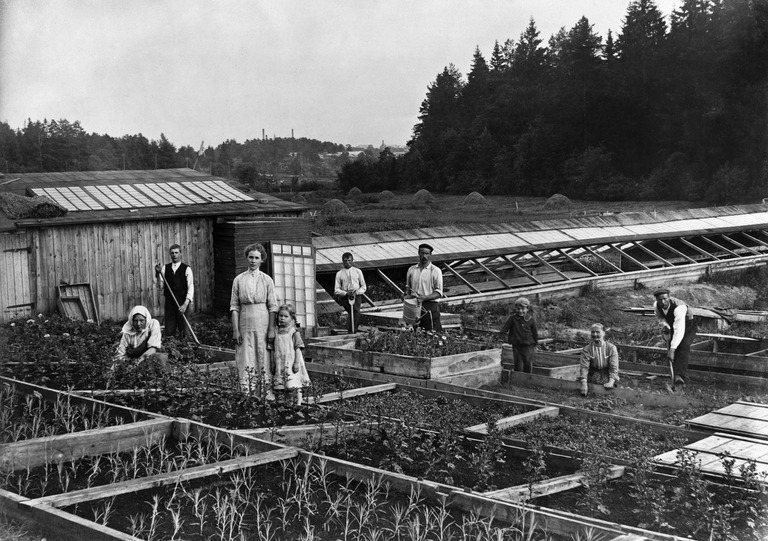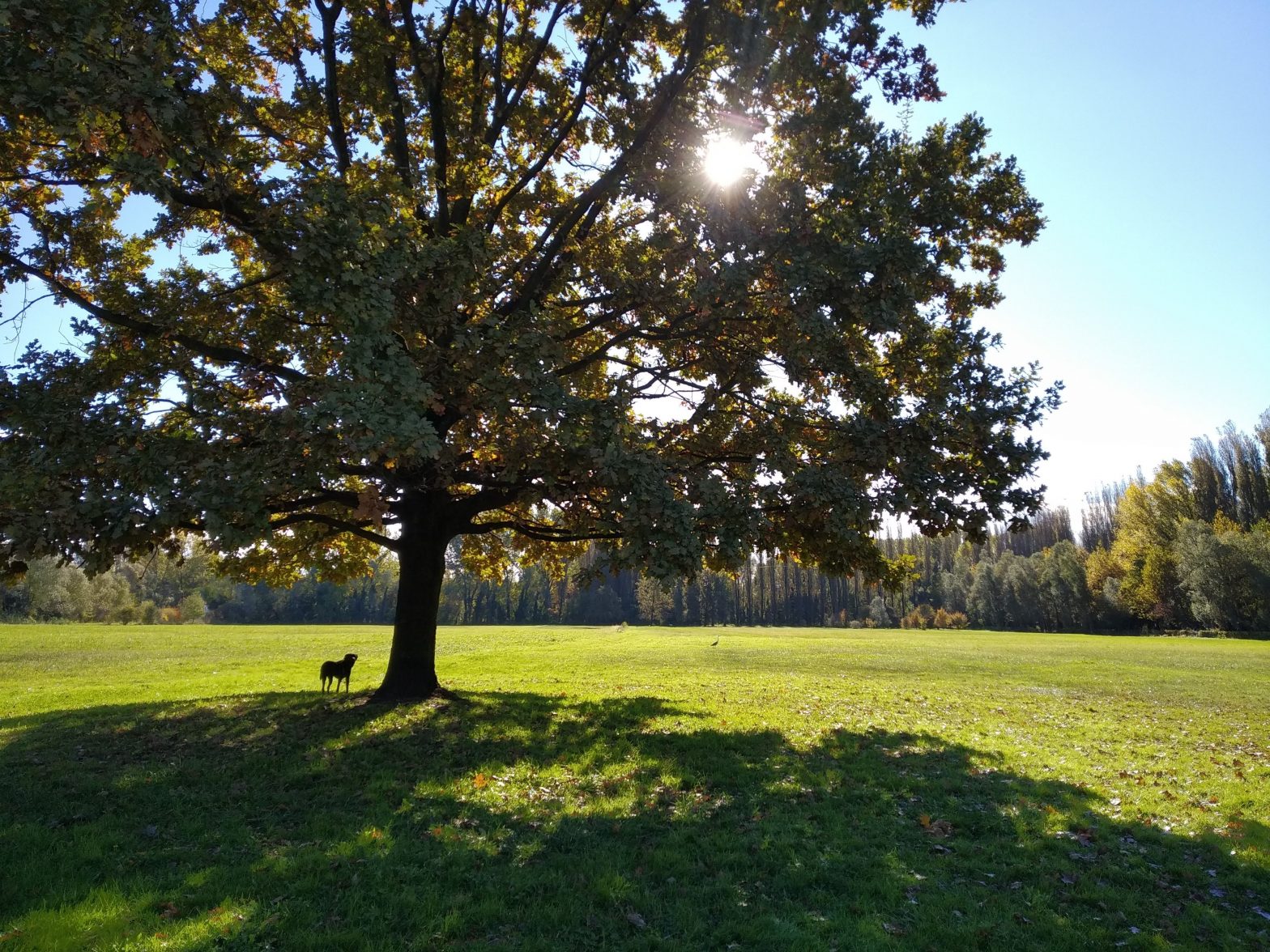
We have been hearing that the air in Finland is among the cleanest in the world. Indeed, according to the statistics from the World Health Organization in 2018, the air in Finland is the cleanest in the world. Why do we need more data of finer spatial resolution even though we have the cleanest air? How do different levels of air monitoring data help in air quality research?
Air quality trend in Helsinki with long-term reference measurements
Currently, there are about 10 fixed reference stations measuring air quality continuously with high data quality in Helsinki. These permanent monitoring stations are positioned at the same place in different types of environments every year, so the monitoring results show the trend and development of the air quality of the fixed locations. Due to financial constraints, it could be challenging to deploy these reference stations massively in the city.
In alignment with the long-term reference measurements, the air pollutant concentrations for which there is international or national regulatory control mechanisms, are decreasing. For example, in the past decade, removal of sulfur from fuels have led to a drastic reduction of ambient sulfur dioxide (SO2) concentrations in Helsinki, as well as globally. Besides, thanks to the introduction of emission controls and improved technology, carbon monoxide (CO) concentrations have also decreased to background levels in the past decade. Between 1994–2019, aerosol particle mass concentrations, both fine particles PM2.5 and coarse particles PM10, decreased at all investigated reference sites. For PM10, the largest declines were detected at traffic sites (5.1%) while PM2.5 showed more uniform decrease within the investigated sites (2.3–5.8%).
The situation of nitrogen dioxide (NO2), which is commonly regarded as a tracer of vehicular emission, has been more complicated. Although NO2 level has also decreased these years, due to their chemical interactions with other air pollutants, such as ozone (O3) and volatile organic compounds (VOCs), the decrease in NO2 is not as fast as the other pollutants. This has been attributed to the increased direct NO2 emission from diesel vehicles since the mid-2000s.
Remains a problem in urban regions
While the concentrations of most air pollutants have been declining in the urban regions, air pollution remains a problem at specific locations during specific episodes. With the use of medium-cost instruments, we could increase the number of sensors and monitor a finer spatial variability of air pollution in the city. Below are some examples of air pollutant hotspots in Helsinki.
Impact of urban traffic/harbor activities
At roadside, elevated concentrations of CO, NO2 and PM2.5 were measured during the traffic rush hour concurrent with the traffic intensity. Spikes in NO2 concentrations were clearly detectable, likely caused by both ship exhaust emissions and trucks loading, in line with ship departure schedule.
Impact of street dust
Although atmospheric PM10 concentrations remain comparatively low in Helsinki, street dust episodes cause high peaks during springtime as the snow and ice melts. The use of studded tires enhances the resuspension of grit, which is used to reduce the slipperiness of the roads during wintertime.
Influence of residential wood combustion
Wood combustion in Finland is typically a source for residential heating including saunas and fireplaces, especially during cold season. The influence of residential wood combustion in Helsinki is the largest in wintertime due to increased residential heating and in the evening associated with wood burning in fireplaces and sauna stoves.
Impact of New Year celebrations
Fireworks are known to cause a significant short-term increase in air pollution during celebrations, especially particulate matter mass concentrations can be several times higher during firework events, and the levels usually return to normal on the following day. This has been observed in Helsinki, for example on the New Year’s Eve in 2020.
Wearable low-cost sensors captured air pollution hotspots in participatory campaigns
Due to the high spatial and temporal variation, air quality data in a fine resolution could make the prediction of air quality more accurate. However, fixed reference instruments can be expensive and it is difficult to deploy the instruments massively to know the hotspots of air pollutant source. Low-cost sensors measuring data of higher uncertainty (€300 to €400 each) can serve as an alternative.
The dichotomy between individuals’ exposure to air pollution and population health can be rectified through participatory sensing of outdoor and indoor air quality data. To archive this, community-based monitoring campaigns were carried out in Helsinki between 2019–2021 as part of the HOPE project (Healthy Outdoor Premises for Everyone). The HOPE project distributed wearable low-cost air quality sensors to the residents in three selected districts in Helsinki. The sensor unit, which measures aerosol particle mass concentrations PM2.5 and PM10, NO2, CO, O3, and some weather variables, connects to smartphones over Bluetooth, and the phones transmit their readings to HOPE air quality platform (1,147,649 air quality measurements in total by 132 citizen volunteers).
Apart from the potential social impacts the campaigns brought, the data collected from the participatory campaigns show high temporal and spatial variability of air quality both indoors and outdoors. This also highlights that the use of different levels of air quality data could complements with each other.
—
Pak Lun Fung, also known as Alan, is working as a postdoctoral researcher in Institute for Atmospheric and Earth System Research (INAR/ Physics) in the University of Helsinki. He worked with different levels of air quality data in urban areas, including reference stations and low-cost sensors. He has recently started working on carbon dioxide emission modelling under different driving scenarios in urban areas by exploring new spatial models.
Reference:
Petäjä, T., Ovaska, A., Fung, P. L., Poutanen, P., Yli-Ojanperä, J., Suikkola, J., Laakso, M., Mäkelä, T., Niemi, J. V., Keskinen, J., Järvinen, A., Kuula, J., Kurppa, M., Hussein, T., Tarkoma, S., Kulmala, M., Karppinen, A., Manninen, H. E. & Timonen, H. (2021). Added value of supporting air quality observations with use of Vaisala AQT530 sensor as a part of sensor network. Frontiers in Environmental Science. 9, 719567. https://doi.org/10.3389/fenvs.2021.719567
Rebeiro-Hargrave, A., Fung, P. L., Varjonen, S., Huertas, A., Sillanpää, S., Luoma, K., Hussein, T., Petäjä, T., Timonen, H., Limo, J., Nousiainen, V. & Tarkoma, S. (2021). City wide participatory sensing of air quality. Frontiers in Environmental Science. 9, 773778. https://doi.org/10.3389/fenvs.2021.773778
Sillanpää, S., Fung, P. L., Niemi, J. V., Kousa, A., Kangas, L., Zaidan, M. A., Timonen, H., Kulmala, M., Petäjä, T. & Hussein, T. (2022). Long-term air quality trends of regulated pollutants in the Helsinki metropolitan area from 1994–2019 and its implications to the Air Quality Index. Boreal Environment Research. 27. 61–79. http://www.borenv.net/BER/archive/pdfs/ber27/ber27-061-079.pdf
Shortly about the HOPE project: https://areena.yle.fi/1-62251612






